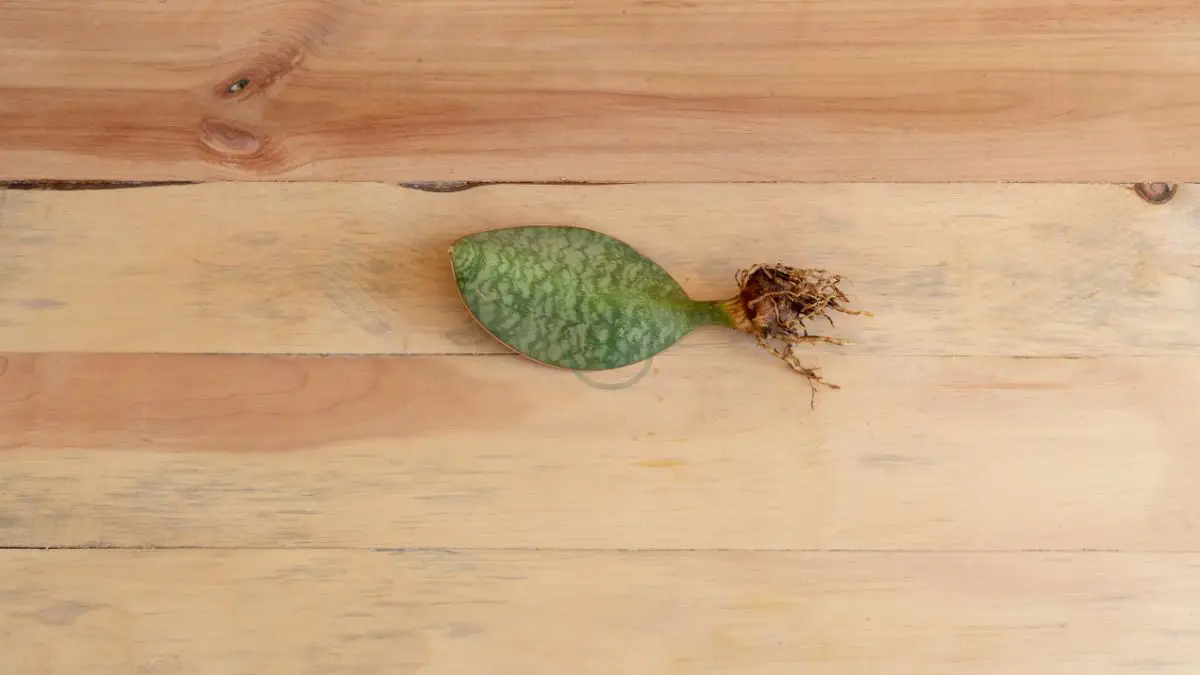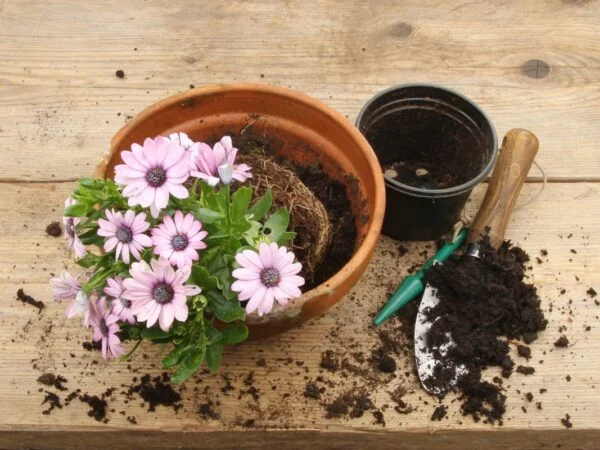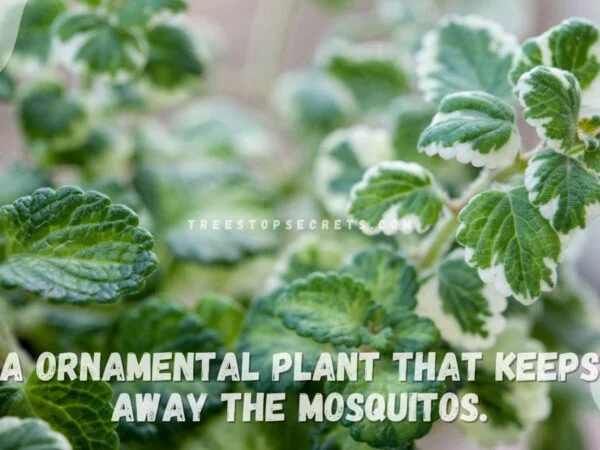
Are you curious about how to propagate snake plants through leaf cuttings, stems, rhizomes, and new roots? Dive into this comprehensive guide to learn the ins and outs of successfully growing new snake plants from cuttings, stems, and rhizomes. Discover the simple steps, essential tips, and common pitfalls to avoid when embarking on your snake plant propagation journey using leaf cuttings to grow new plants with new roots.
Key Takeaways
- Understanding Snake Plant Propagation: Learn the basics of how snake plants can be propagated to expand your plant collection.
- Preparing for Propagation: Properly prepare your tools and materials before starting the propagation process to ensure success.
- Dividing Snake Plants: Divide mature snake plants carefully to create new plants and promote healthy growth.
- Rooting Cuttings in Water: Place snake plant cuttings in water to encourage root growth before transferring them to soil.
- Starting Cuttings in Soil: Plant rooted cuttings in well-draining soil to establish new snake plant growth effectively.
- Best Practices for Snake Plant Propagation: Follow best practices like providing adequate light and avoiding overwatering to maintain healthy propagated snake plants.
Understanding Snake Plant Propagation
Basics of Propagation
Propagation of snake plants can be done through division or leaf cuttings, depending on the plant's health and size. Patience is key in this process as it may take weeks for roots to develop. Watching new shoots emerge is a rewarding experience.
- Pros: Cost-effective, expands plant collection.
- Cons: Time-consuming, requires patience.
Sharing propagated snake plants allows enthusiasts to grow their collection without spending extra money. The joy of giving away these plants to loved ones adds a personal touch to gifting. Moreover, propagating snake plants contributes positively to the environment by increasing greenery.
Benefits of Sharing
- Propagating snake plants: cost-effective, environmentally friendly.
- Sharing with friends: personal touch, strengthens relationships.
Different varieties of snake plants have varying propagation success rates due to their genetic makeup. Some unique foliage patterns might not be retained post-propagation. However, there is a wide array of snake plant varieties available for propagation, each offering distinct characteristics.
Varieties and Their Impact
- Sansevieria trifasciata: Easy to propagate.
- Sansevieria cylindrica: Challenging but rewarding propagation process.
Recognizing how different snake plant varieties influence propagation methods enhances success rates. While some varieties may pose challenges during propagation due to specific traits, others are more resilient and easier to propagate effectively.
Preparing for Propagation
Ideal Timing
Determining the optimal time to propagate your snake plant is crucial for successful growth. Timing plays a significant role in ensuring the health and vigor of the propagated snake plants. Consider seasonal variations, as they can impact the success rate of snake plant propagation.
Tools and Materials Needed
Gather essential tools such as a sharp knife, pruners, potting soil, and water for propagating snake plants. Using quality tools and materials is vital for the successful propagation of snake plants. Having the right tools at hand can significantly streamline the propagation process.
Dividing Snake Plants
When it comes to dividing snake plants, it is essential to follow a step-by-step guide for successful propagation. Begin by selecting a healthy and mature snake plant with multiple shoots.
Steps to Divide
To divide your snake plant, start by gently removing it from its pot and carefully separating the root ball into smaller sections. Divide the plant into segments with at least two to three leaves each.
Next, ensure that each division has healthy roots attached and repot them in well-draining soil. Water the newly potted divisions sparingly to avoid overwatering during the initial growth phase.
Root Care Post-Division
After dividing your snake plant, prioritize root care by placing the newly potted divisions in a warm and bright location. Provide indirect sunlight to prevent root damage from excessive light exposure.
Discover the importance of maintaining optimal humidity levels for root development post-division. Mist the soil lightly to keep it moist but not waterlogged, promoting healthy root growth.
Rooting Cuttings in Water
Selecting Cuttings
When propagating snake plants through water rooting, select healthy and mature cuttings. These should have at least a few inches of stem and a couple of leaves. Avoid damaged or unhealthy cuttings for successful propagation. Ideal cuttings are those with no signs of disease or pests.
Water Rooting Process
To root snake plant cuttings in water, place them in a container filled with water. Roots will typically start forming at the base within a few weeks. Change the water regularly to prevent rotting and ensure the roots develop healthily. Once roots are well-established, it's time to transition the cuttings to soil for further growth.
Transferring to Soil
Transferring water-rooted snake plant cuttings to soil is crucial for their long-term growth. Start by preparing containers filled with potting mix that drains well. Carefully remove the cutting from the water and plant it into the soil, ensuring the roots are covered adequately. Proper soil transfer is essential for the health and stability of propagated snake plants.
Starting Cuttings in Soil
Soil Preparation
To successfully root snake plant cuttings in soil, ensure the soil is well-draining and nutrient-rich. Mix equal parts of potting soil and perlite for optimal aeration.
Avoid waterlogged soil to prevent rotting of the cutting. Consider adding organic matter like compost to improve soil fertility.
Planting Cuttings
When planting snake plant cuttings, make sure they are at least 2-3 inches long with a few leaves. Create a small hole in the soil using your finger or a stick.
Insert the cutting into the hole, ensuring it stands upright. Gently pat down the soil around the cutting to provide stability.
Aftercare for Soil Starters
Once planted, place the pot in indirect sunlight and maintain a temperature between 70-90°F. Water sparingly, allowing the top inch of soil to dry out between watering.
Monitor for any signs of overwatering, such as yellowing leaves or mushy stems. Avoid fertilizing newly planted cuttings for at least six months.
Best Practices for Snake Plant Propagation
Monitoring Growth
Snake plant rooting requires consistent monitoring to ensure successful propagation. Regularly check the soil moisture level by inserting a finger into the soil about an inch deep. Ensure the soil is slightly damp but not waterlogged to prevent root rot.
To monitor growth effectively, observe the leaves for any signs of discoloration, which could indicate issues with watering or light exposure. Look out for new growth, such as emerging shoots or roots, as this indicates a healthy and thriving plant.
- Check soil moisture levels regularly
- Observe leaf color and overall plant health
- Look for new growth as a positive sign of successful propagation
Troubleshooting Common Issues
When propagating snake plants, common issues may arise that require attention. Yellowing leaves can indicate overwatering, while drooping leaves may suggest underwatering. Adjust your watering schedule accordingly to address these issues promptly.
If you notice mold or fungus on the soil surface, reduce watering frequency and improve air circulation around the plant. Trim off any affected leaves or roots to prevent further spread of disease and promote healthy growth.
- Yellowing leaves - overwatering
- Drooping leaves - underwatering
- Mold or fungus - reduce watering and improve air circulation
FAQs on Snake Plant Propagation
When to Propagate
Propagation of snake plants is best done during the spring and summer months when the plant is actively growing. This period provides optimal conditions for root development and growth. For indoor plants, ensure a consistent temperature above 50°F.
Water vs. Soil Methods
Water propagation involves placing snake plant cuttings in water until roots develop, while soil propagation requires planting cuttings directly into well-draining soil. Each method has its advantages: water propagation allows you to monitor root growth easily, while soil propagation may result in quicker establishment.
- Pros of Water Propagation:
- Easy monitoring of root growth.
- Ideal for beginners due to visibility of root development.
- Cons of Soil Propagation:
- Requires more attention to soil moisture levels.
- Risk of overwatering leading to rot.
Handling Slow Growth
If your propagated snake plant exhibits slow growth, assess environmental factors such as light exposure, temperature, and humidity levels. Ensure the plant receives adequate indirect sunlight and maintain temperatures between 70-90°F. Avoid over-fertilizing as it can hinder growth.
Sharing Your Success
Gifting Propagated Plants
When you successfully propagate your snake plant, it's a wonderful idea to share the joy with friends and family. Propagated snake plants make thoughtful and unique gifts that can brighten up any space. You can offer them as housewarming presents or birthday surprises.
Sharing propagated plants not only spreads greenery but also shows your care and thoughtfulness towards others. It's a meaningful way to introduce loved ones to the joys of plant care. Consider creating personalized pots or planters for an extra special touch.
Community Sharing Tips
Joining a local gardening community can enhance your snake plant propagation journey. These communities often host plant swaps where you can exchange your propagated plants for different varieties. It's a fantastic way to expand your collection without spending extra money.
Engaging with other plant enthusiasts allows you to learn new propagation techniques and receive valuable tips on caring for your snake plants. You may discover innovative methods or tricks that can improve the success rate of your propagation efforts. Sharing experiences and knowledge within the community fosters a sense of camaraderie among fellow plant lovers.
Summary
You've learned all about propagating snake plants successfully. From understanding the process to dividing and rooting cuttings, you now have the knowledge to expand your plant collection. Remember to follow the best practices discussed here for optimal results. If you encounter any questions along the way, refer to the FAQs section for guidance. Once you've mastered the art of snake plant propagation, don't forget to share your success with fellow plant enthusiasts. Happy propagating!
Frequently Asked Questions
How often should I water my snake plant cuttings?
Water your snake plant cuttings when the top inch of the soil feels dry. Overwatering can lead to root rot, so it's essential to allow the soil to dry out between waterings.
Can I propagate a snake plant in low light conditions?
While snake plants prefer bright, indirect light for optimal growth, they can still be propagated in low light conditions. Just be patient as the process may take longer compared to propagating in brighter light.
Should I use rooting hormone when propagating snake plants?
Using rooting hormone is optional when propagating snake plants but can help speed up the rooting process and increase success rates, especially for more challenging varieties or if you're experiencing difficulties with propagation.
How long does it take for snake plant cuttings to root in water?
Snake plant cuttings typically root in water within 2 to 6 weeks, depending on factors like temperature, light levels, and the health of the cutting. Be patient and change the water every few days to prevent stagnation.
What are common mistakes to avoid when propagating snake plants?
- Overwatering: Allow soil to dry out between waterings.
- Using a container without drainage holes: Ensure proper drainage.
- Placing in direct sunlight: Opt for indirect light.
- Neglecting temperature needs: Maintain consistent warmth.
- Not waiting for calluses on cuttings: Allow time for healing before planting.
Image Source: Paid image from CANVA





